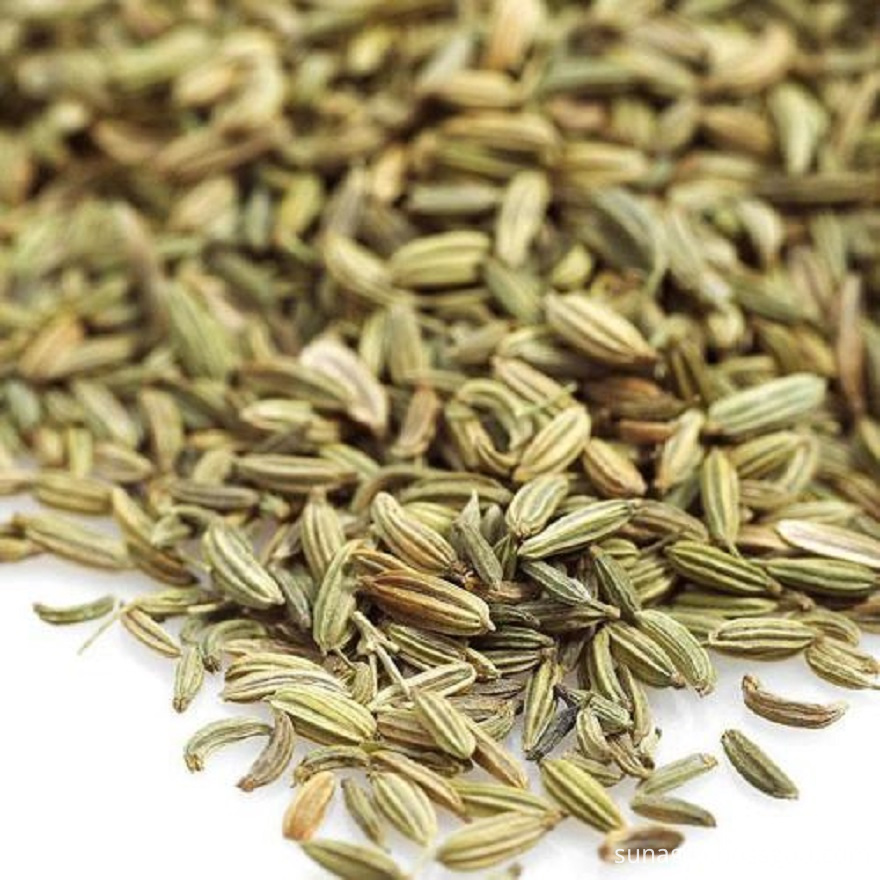Feeding and management of carrier pigeons have different feeding and management characteristics at different stages of development. Good husbandry and management is an important aspect of ensuring the health of pigeons and breeding excellent pigeons. It is also a basic guarantee for the cultivation of "championship" pigeons. Only reasonable breeding and management of the pigeons and proper nutrition can maintain the healthy body and good racing performance of the pigeons, resulting in excellent results in competition training and competition.
First, the youngsters The youngsters are best fed to the hens for glutinous rice or white rice within one week of birth. This will help the “parents†to increase their milk. Feeds such as rye, beans, etc. can be fed within two weeks, which is helpful for the health of young birds. When the young birds are born, they will break the eggshells on their own and continue to struggle on their own, and then break the shells out. If the youngster is still unable to shell out within 2-3 days, it indicates that the constitution is not healthy and he will grow up to participate in the competition and training. The result is not good. In addition, during the period of nursing, the relatives of rice and barley could not be fed to the relatives of the pigeons. The rice husks and the two ends of the wheat grain should be pointed, which is not conducive to feeding the mother pigeons.
Second, the feeding and management of young pigeons is very important. Pigeons feed 2.5-35 grams per day per day. In order to ensure the growth and development of youngsters, prevent over-fertilization and precocity, the diet should be rich in protein, and the energy should be reduced appropriately, pay attention to vitamin supplements and trace elements. Each of the young pigeon diets within seven days from the nest is guaranteed to have 5 grams of protein. 20-9 days after the nest to ensure intake of 8-9 grams of protein. Within 10 months after leaving the nest, ensure that the diet contains 10 grams of protein per animal. At the same time, quantitative feeding should be done regularly.
Third, the breeding pigeons from the nest after the first month should be kept separately male and female, each about 30 grams of feed each month, which should supply 10 grams of protein, two meals a day, 40% of the amount of breakfast feeding, 60% of the amount of dinner In the cold weather, it should be supplemented with energy-rich feed.
4. After pairing male and female breeding birds during the breeding period, the daily diet increased to 35 grams per day and the protein reached 12 grams. And to enhance the appetite of pigeons by using enhanced flight movements and flying at close range. Before the hens start production, the amount of diets is increased to 37 grams, and the daily intake of protein should be 15 grams. Except that, it should also supply enough calcium, phosphorus and trace elements. After the young birds were born, the feed intake of the breeding pigeons increased dramatically, reaching about 60 grams, and the dietary protein should reach 18 grams. The breeder at this time can feed 3 meals a day. The first meal is between 7 am and 8 am, two meals at 12 noon and three meals at 7-8 pm. If necessary, one meal can be added in the evening, which is good for the development of the pigeon.
5. During the training period, the diet reached 30 grams. Pay attention to the energy supply in the food.
6. During the moulting period of the breeding pigeons, attention should be paid to strengthening the nutrition. Homing pigeons usually change feathers once a year and individual feathers twice. The pigeons have weaker physical strength during moulting and are not willing to fly. At this time, the diet is about 35 grams per day. At the beginning of debranching, the amount of feed can be appropriately reduced. New feathers should increase the amount of feed and raise the protein level. Some sesame seeds, rapeseed, etc., which contain much fat, can be added to the foodstuff to make the feathers of the pigeons plump and full of glory. The Japanese meal is twice.
VII. Strengthening day-to-day management of pigeons The day-to-day management is an important part of ensuring the health of the pigeons of pigeons and the cultivation of excellent pigeons.
Fennel is a common condiment, is the cooking fish stew, marinated food must be used.They are called fennel because they remove odors from the meat and add flavor to it.Anise is called star anise.Fennel is a real condiment, and its stems and leaves are also aromatic, often used as a filling for dumplings and other foods.Customers looking for export orders please contact us.In order to establish long-term business relations, mutual benefit and common development.

Dried Fennel,Pure Natural Dried Fennel,Fennel Seeds,Best Quality Fennel
Jining Sunagro Trade Co., Ltd. , https://www.sunagro-food.com